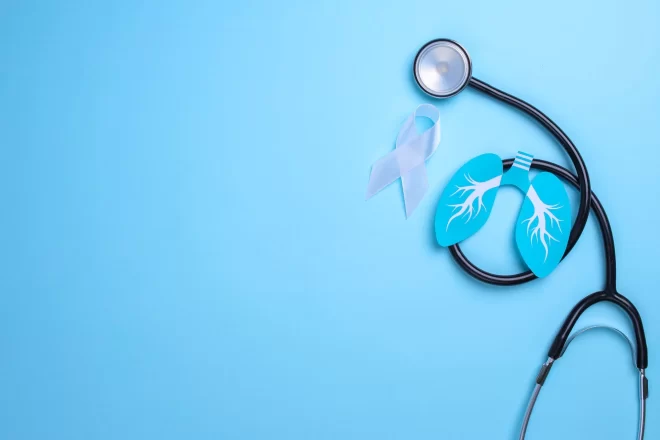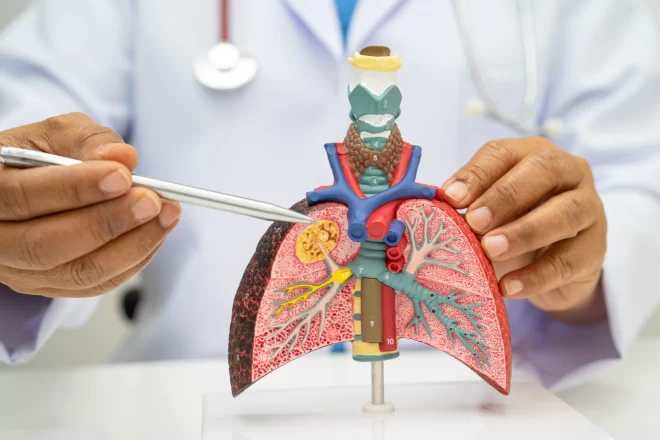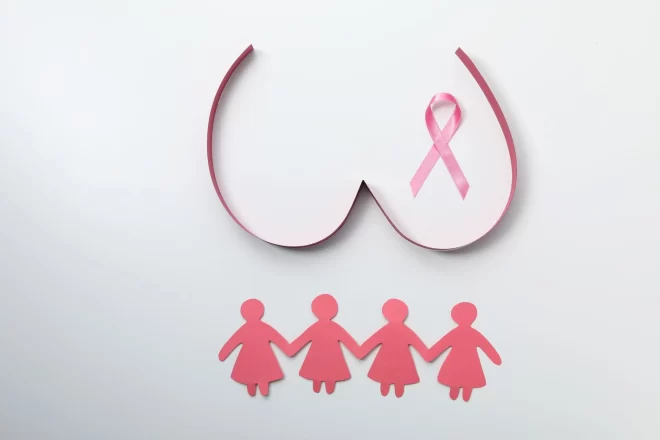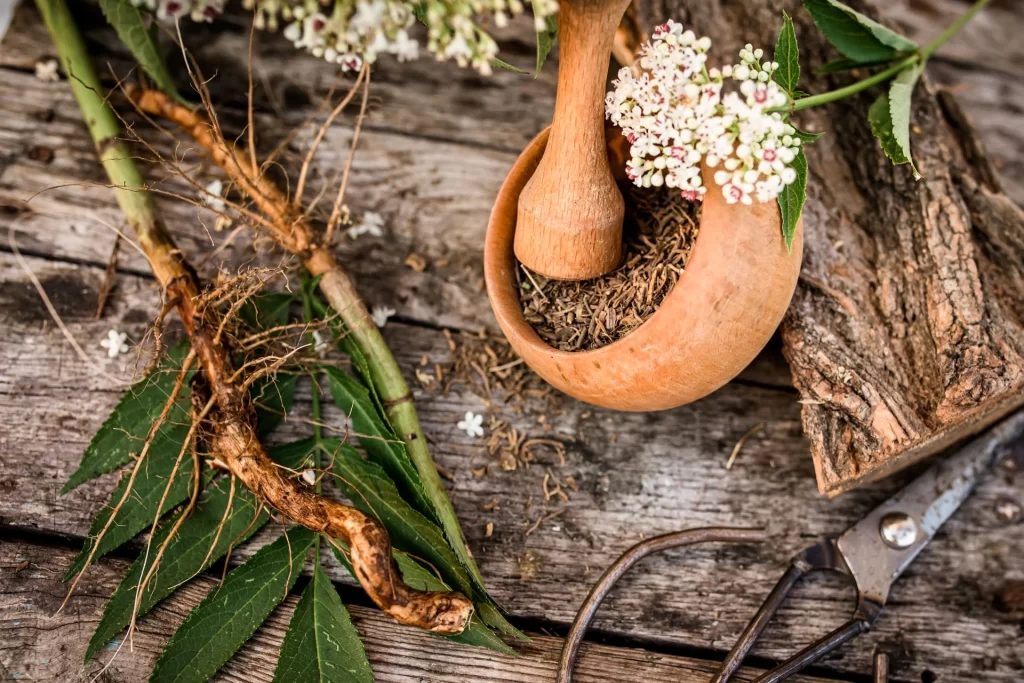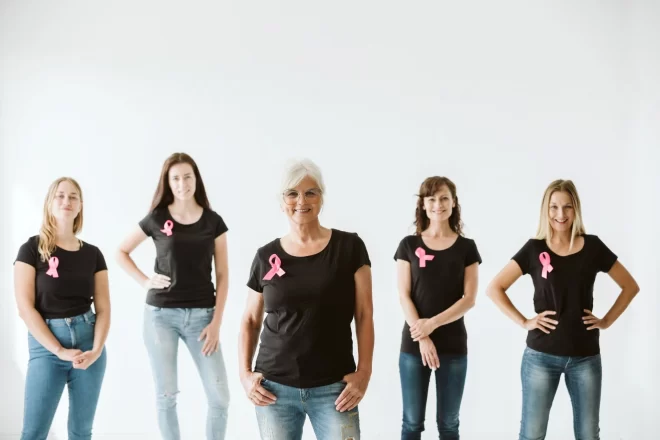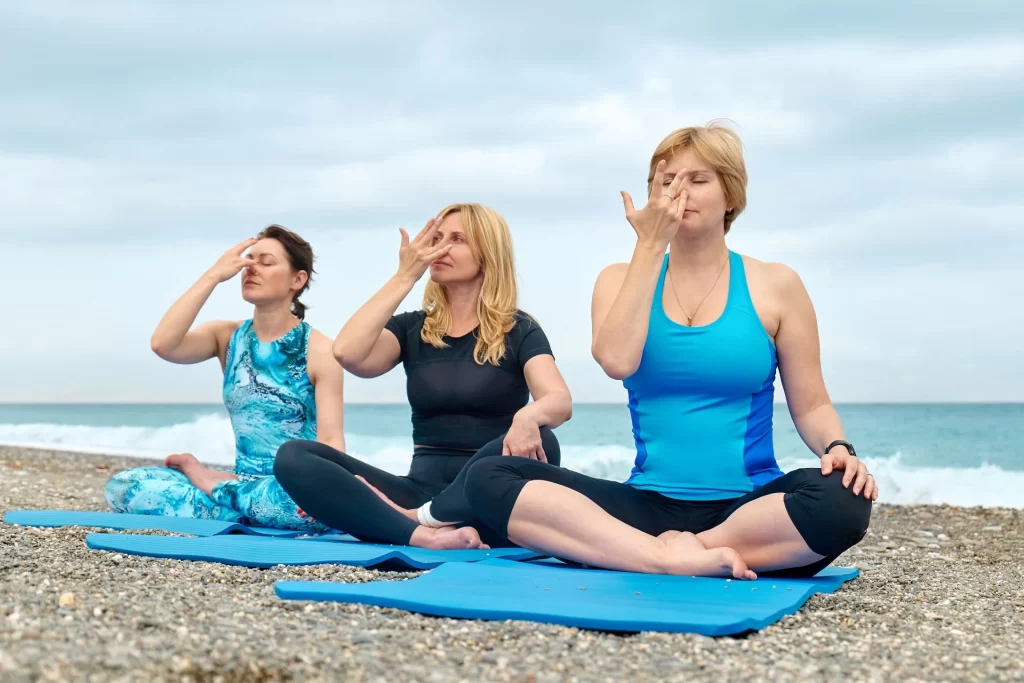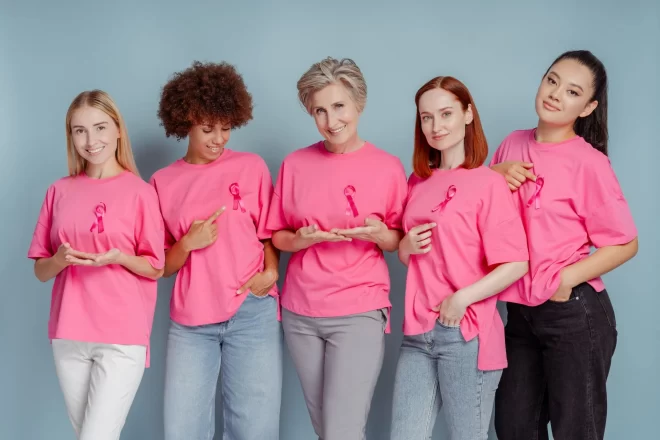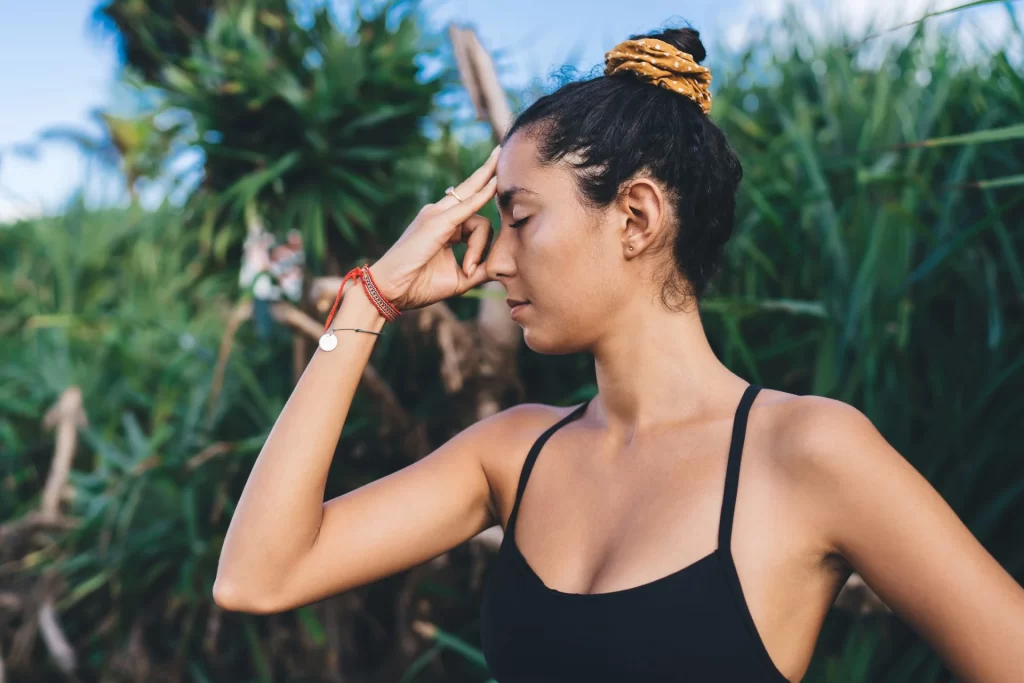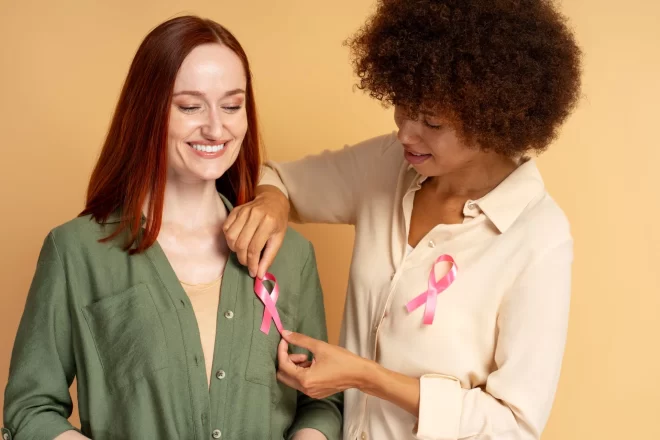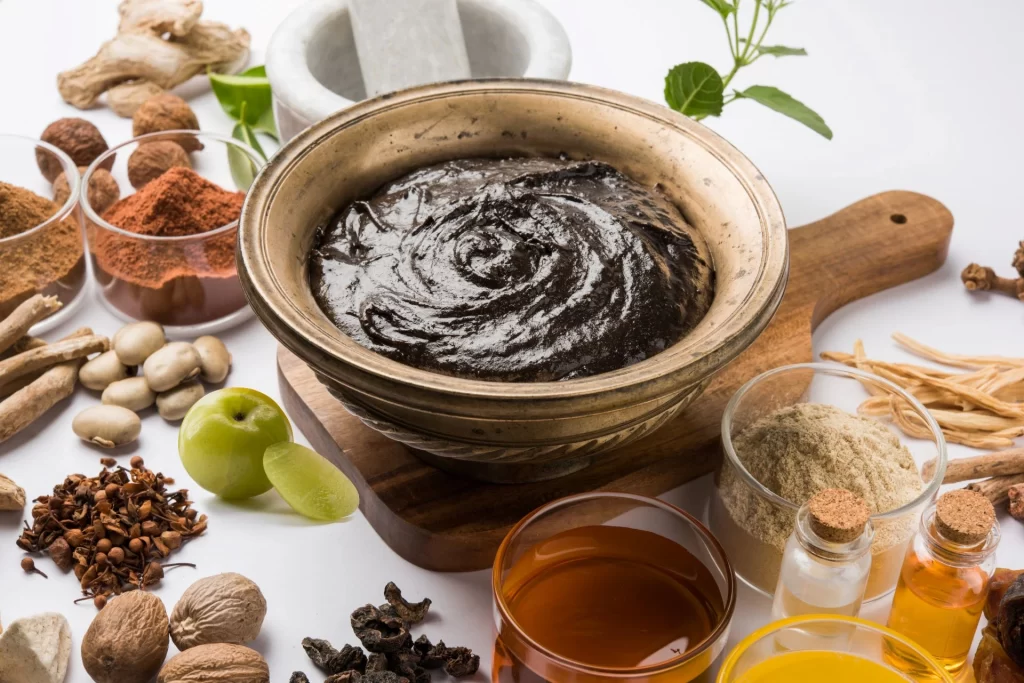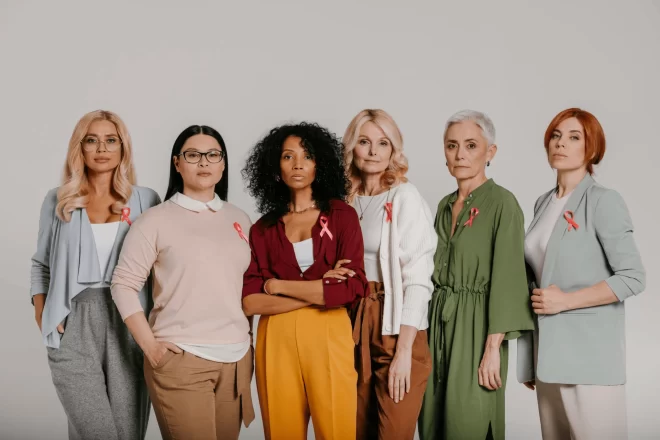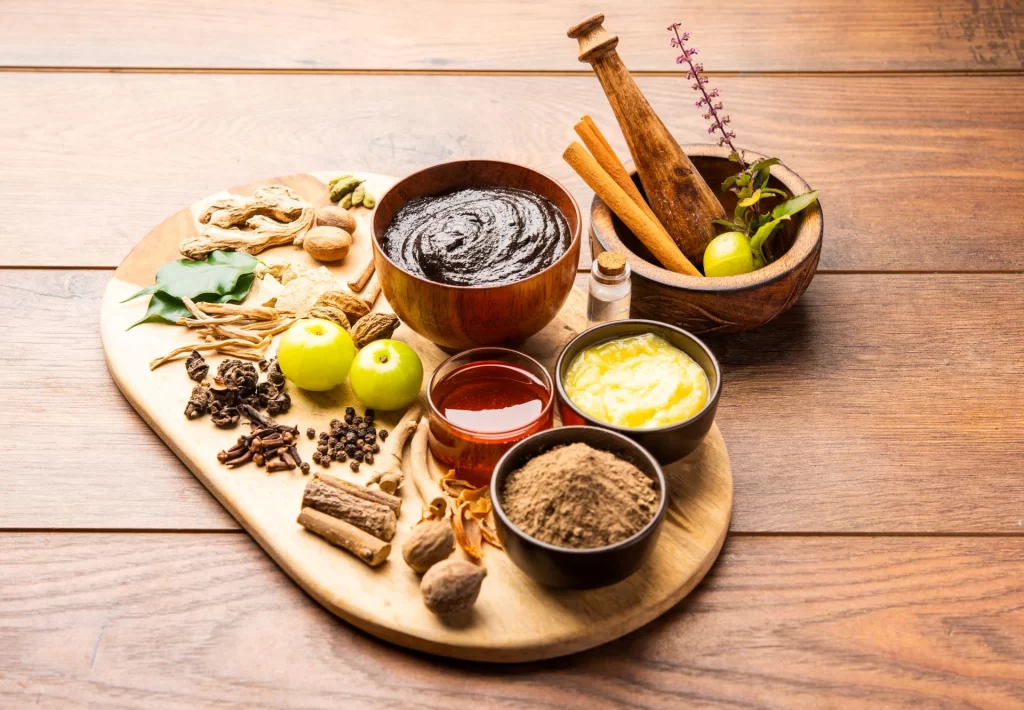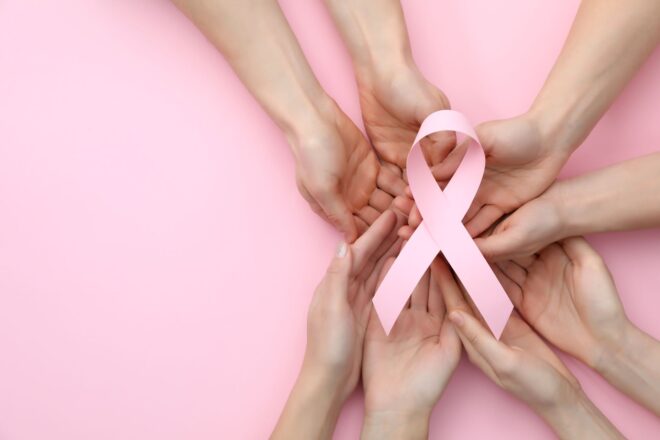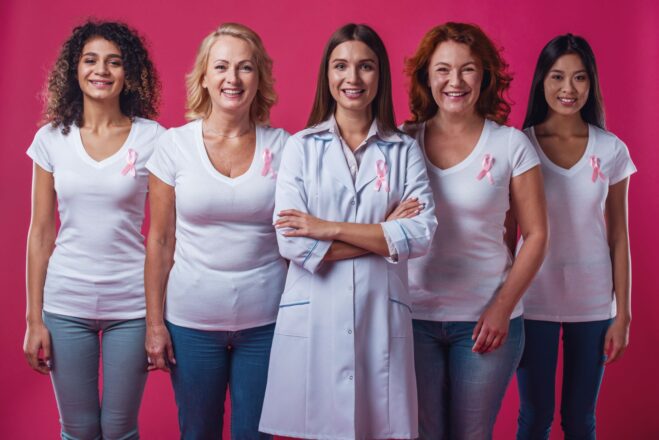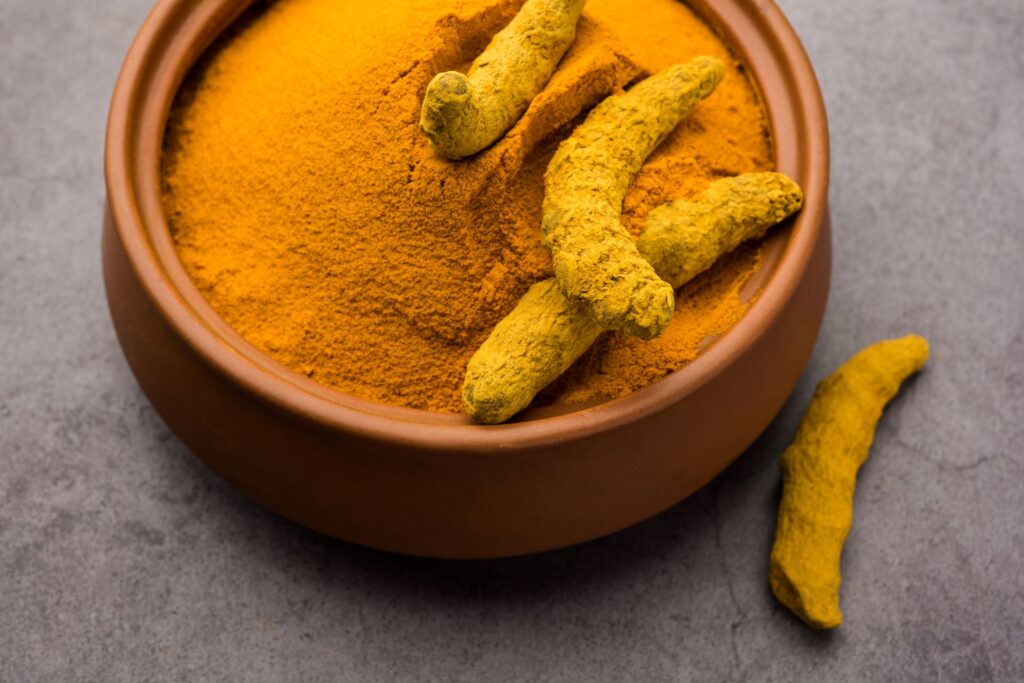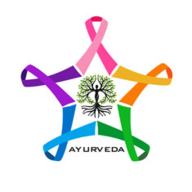Lung cancer is a type of cancer that begins in the cells of the lung and most commonly in the cells lining the air passages. Lung cancer is one of the most common and deadliest type of cancer diagnosed worldwide. Lung cancer happens when abnormal cells grows uncontrollably forming a tumor or a mass and then can start interfering with normal lung functions.
Types of Lung Cancer:
1) Non-Small Cell Lung Cancer (NSCLC): This is most common type of Lung cancer and accounts for approximately 85% of all the lung cancer cases diagnosed. Different types of Non-Small Cell Lung Cancer (NSCLC) include:
2) Small Cell Lung Cancer (SCLC): This is the more aggressive type of lung cancer and is strongly associated with smoking.
What is Non-Small Cell Lung Carcinoma (NSCLC)?
Non-Small Cell Lung Cancer (NSCLC) generally grows and spread more slowly than Small Cell Lung Cancer (SCLC) and can metastasize to other parts of the body, such as brain, bones, liver, lungs etc. The commonest symptom of Non-Small Cell Lung Cancer (NSCLC) are persistent and non-resolving cough, non-resolving shortness of breath, coughing of blood and pain in the chest, unexplained fatigue and weight loss. These symptoms are generally present in advanced stages of cancer.
Commonest subtype of Non-Small Cell Lung Cancer (NSCLC) are:
1) Adenocarcinoma: This is the most common subtype of Non-Small Cell Lung Cancer (NSCLC) and is often found in the outer parts of the lungs. It is more common in non-smokers and tends to grow more slowly.
2) Squamous Cell Carcinoma: It is generally found in the central part of the lung and is strongly associated with smoking.
3) Large Cell Carcinoma: It is least common subtype of lung cancer subtype of lung cancer and tends to be more aggressive and spread rapidly.
What is Small Cell Lung Cancer (SCLC)?
Small Cell Lung Cancer (SCLC) is a highly aggressive and rapidly growing variant of lung cancer and it accounts for about 10 – 15% of lung cancer cases diagnosed. Small Cell Lung Cancer (SCLC) is strongly associated with smoking and has a tendency of early metastasis. It generally has poor prognosis if not treated at earlier stages.
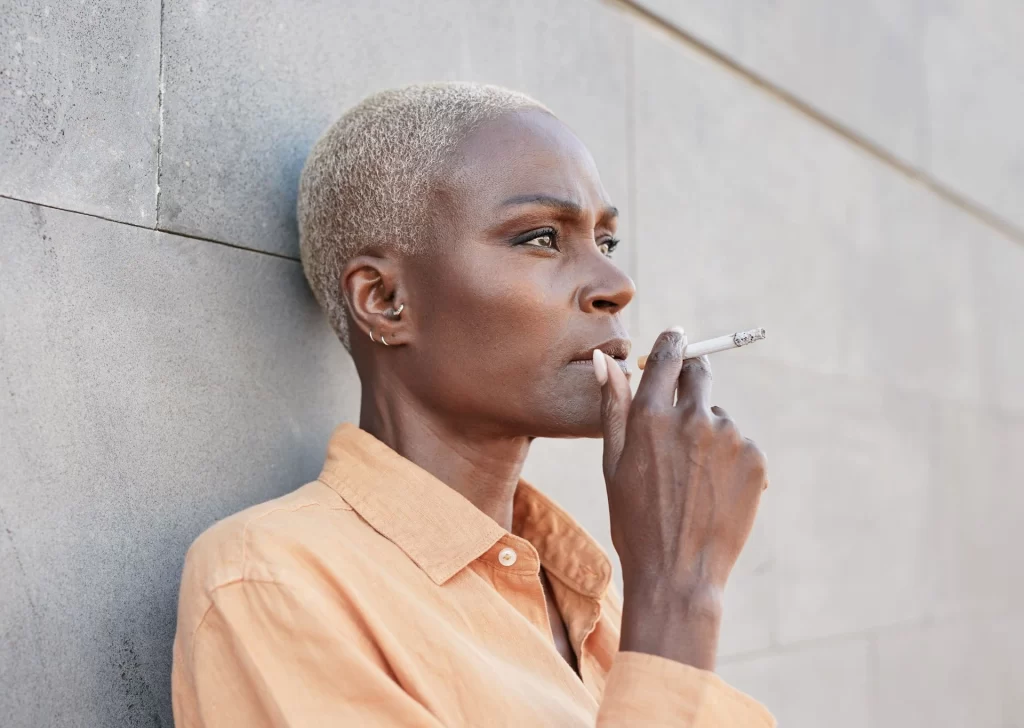
Characteristics of Small Cell Lung Cancer (SCLC):
1) Rapid Growth and Early Metastasis: Small Cell Lung Cancer (SCLC) grows more rapidly than Non-Small Cell Lung Carcinoma (NSCLC) and further spread to liver, brain, bones etc. at early stages.
2) Small Cell Lung Cancer (SCLC) originates from neuroendocrine cells of the lungs. These neuroendocrine cells produce hormones in large amounts and can further lead to paraneoplastic syndrome.
3) TP53 and RB1 mutations is generally found in all Small Cell Lung Cancer (SCLC) cases.
What is difference between Small Cell Lung Cancer (SCLC) and Non-Small Cell Lung Cancer (NSCLC)?
Small Cell Lung Cancer (SCLC) and Non-Small Cell Lung Cancer (NSCLC) are the two main types of lung cancer but they differ significantly in terms of biology, behaviour, treatment, and prognosis. Further is mentioned some detailed comparison:
1) Origin and Cell Type: Small Cell Lung Carcinoma (SCLC) originates from the neuroendocrine cells of the lungs. These cells are part of the nervous and hormonal system. It can also produce hormones. Non-Small Cell Lung Cancer (NSCLC) arises from the epithileal cells of the lungs and its subtypes are adenocarcinoma, squamous cell carcinoma, and large cell carcinoma.
2) Prevalance: Small Cell Lung Carcinoma (SCLC) accounts for almost 10 – 15% of all the cancer cases diagnosed. Non-Small Cell Lung Cancer (NSCLC) further accounts for almost 85% of all the cancer cases diagnosed.
3) Growth and Spread: Small Cell Lung Carcinoma (SCLC) tends to grow and spread more rapidly, and is often diagnosed at advanced stages. Small Cell Lung Carcinoma (SCLC) is often diagnosed at advanced stages as Small Cell Lung Carcinoma (SCLC) tends to metastasize early. Non-Small Cell Lung Cancer (NSCLC) tends to grow more slowly than SCLC and may be diagnosed at earlier stages.
4) Risk Factors: SCLC is strongly associated with smoking and is rare in non-smokers. NSCLC is a primary risk factor among non-smokers, particularly in cases of adenocarcinoma.
5) Prognosis: Small Cell Lung Carcinoma (SCLC) generally has a poor prognosis and is aggressive in nature. Prognosis of the Non-Small Cell Lung Cancer (NSCLC) generally depends on stage and subtype of NSCLC.
+91-9819274611
Your health is my priority, and together, we can work towards a brighter, healthier future.
— Dr. Ravi Gupta, M.D. (Ayurveda),
Ayurveda Cancer Consultant,
Specialist in Ayurveda and Panchakarma.

